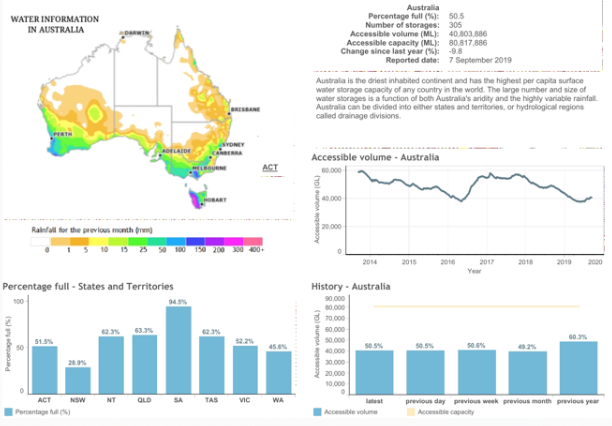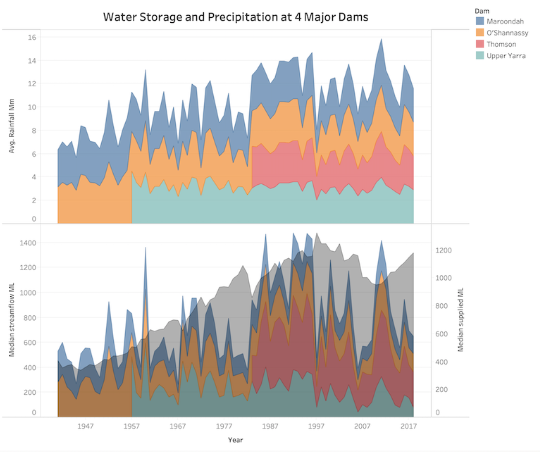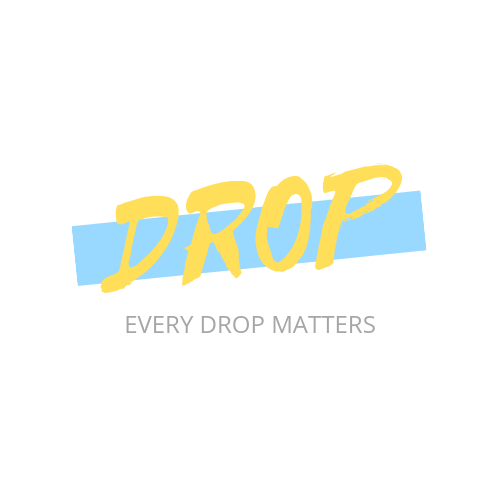Project Description
Problem
The water supply has been unstable across the years in Australia. Given the heavy reliance on rainfall,
focus on water conservation has been put on streamflow control.
However, things can be done more household basis. While water consumption remains consistently high, the visualizaton on the consumption per facility is missing.
Solution
We would like to introduce a mechanism that can encourage citizens to keep track of their water consumption,
while incorporating some social and gamification aspect so as to make water saving part of their daily life.
In this way, the small steps in water saving can be encouraged, in a fun way!
The details of solution is below:
Data analytics dashboard
- By different time span (daily / weekly / yearly)
- Real time graphics
- Indicator of the water consumption situation
Compare
- Historical data comparison
Recommendation
- Identify which appliance / household activity consumes most water and recommend the users with water saving tips (e.g. reuse water)
Social
- Ranking among the neighborhood (for water saving %)
Alert
- Send push message to users on app/email to remind that the water usage is touching the target boundary
Incentive
- The collected points (drops) can be used for gift redemption
Data Story
Why DROP?
When we look at the current water situation in Australia, we could see a large area of arid inland, inter-regional water imbalance, unstable accessible water volume and increasing water demand.

[Reference]: http://www.bom.gov.au/water/dashboards/#/water-storages/summary/state
Let's focus deeper on Melbourne Water situation.
The picture below shows the water storage and precipitation at four major dams in Melbourne.
On one hand, water supply comes from water storage in dams. There are two sources of water storage. One is from rain fall, which is the upper part of the picture. The other source is from streamflow, which is shown in the lower chart. However, we notice that both rain fall and streamflow experience high unstability over years. Dry year and wet year take place by turn.On the other hand, Water demand, which is drawn out in grey line in the lower chart, clearly shows an increasing trend year by year. From year 2007, water usage is surging.

As a result, we can't count on a changing water supply, the only thing we could do is lower water demand. By developing DROP, a water saving APP that helps to plan home water usage, we hope to raise awareness from each individual to save water. We believe EVERY DROP COUNTS.




